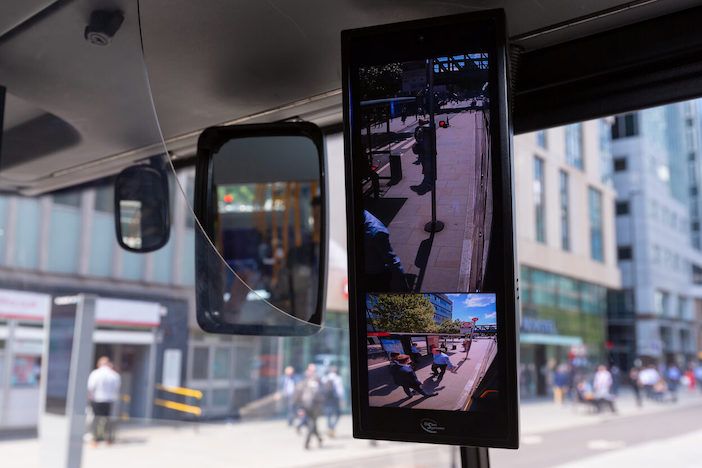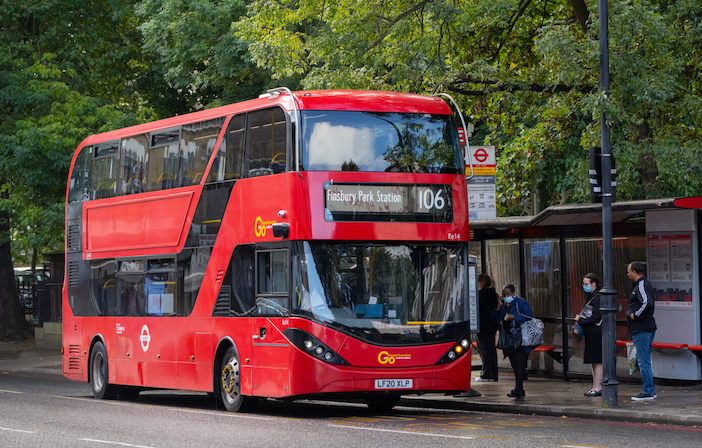Transport for London (TfL) is mandating new ADAS (automatic driver assistance systems) on its buses to further enhance safety as part of its newly published Bus Safety Strategy that outlines specific actions to be taken to achieve its Vision Zero goals for the bus network.
New ADAS improvements, due in 2024, include advanced emergency braking and vulnerable road user alerting systems. These add to ADAS already installed which include intelligent speed assistance technology, responsive acoustic vehicle alerting systems, to enable zero emission vehicles to make a sound that alerts other road users of their presence; and the urban bus sound, that helps to ensure all road users are aware of quiet running buses.
Also recently launched is a new Bus Safety Innovation Challenge, which will include the commissioning further research to reduce road danger risk. The strategy is working towards the ambitious goal of ensuring no deaths are caused by bus collisions by 2030, or serious injuries caused by bus collisions by 2041.

The actions set out in the Bus Safety Strategy also include commitments to trial fatigue detection technologies on up to 450 buses over a 12 to 18 month period; implement a strategic data-led approach looking at what changes can be made across the network to reduce passenger injuries, particularly due to slips, trips and falls; and work with the London Fire Brigade and other key stakeholders to identify vital new measures to tackle the risks posed by bus fires
Good progress has been made as the number of people killed in collisions involving London buses in 2022 reduced by 65% against TfL’s 2005-09 baseline, compared to an overall reduction across all transport modes on London’s roads of 52%.
Louise Cheeseman, TfL’s Director of Buses, said: “Safety is our first consideration in all that we do to deliver bus services in London and we’re determined that it will continue to be at the heart of our transport network. This new strategy is a vital part of our approach to systematically making transport safer for everyone. The measures outlined in this strategy will be vital to achieving our Vision Zero goal of ensuring nobody is killed or seriously injured on the transport network.”





